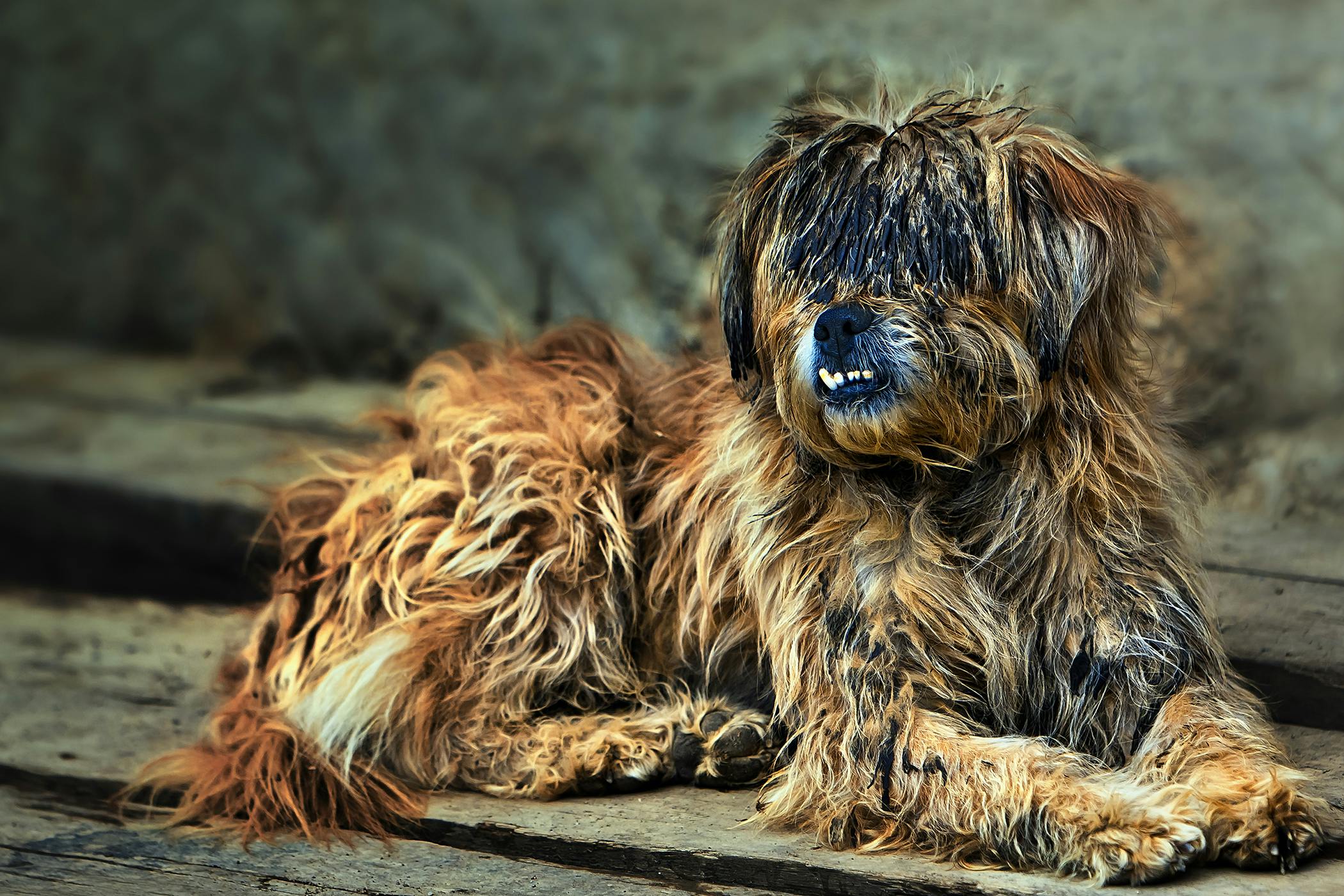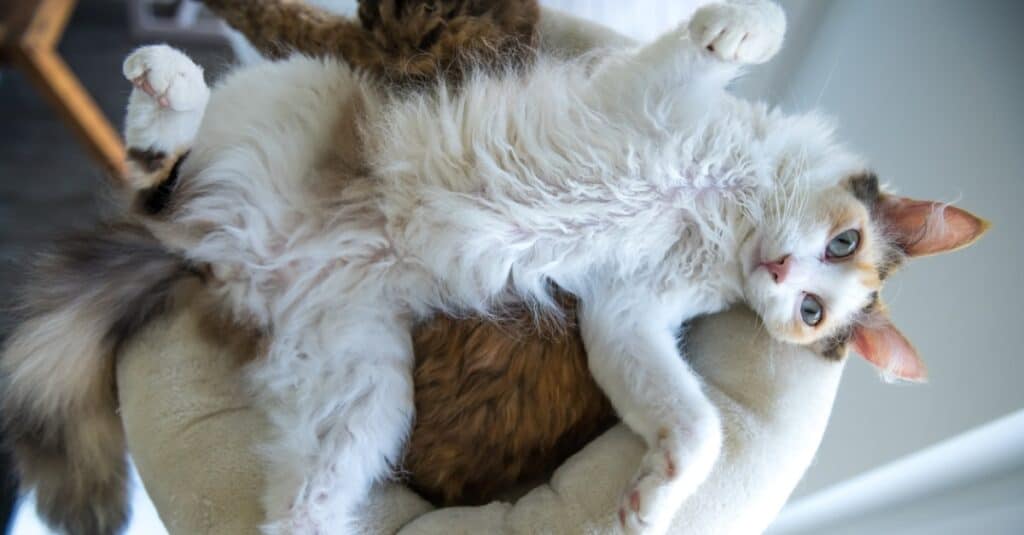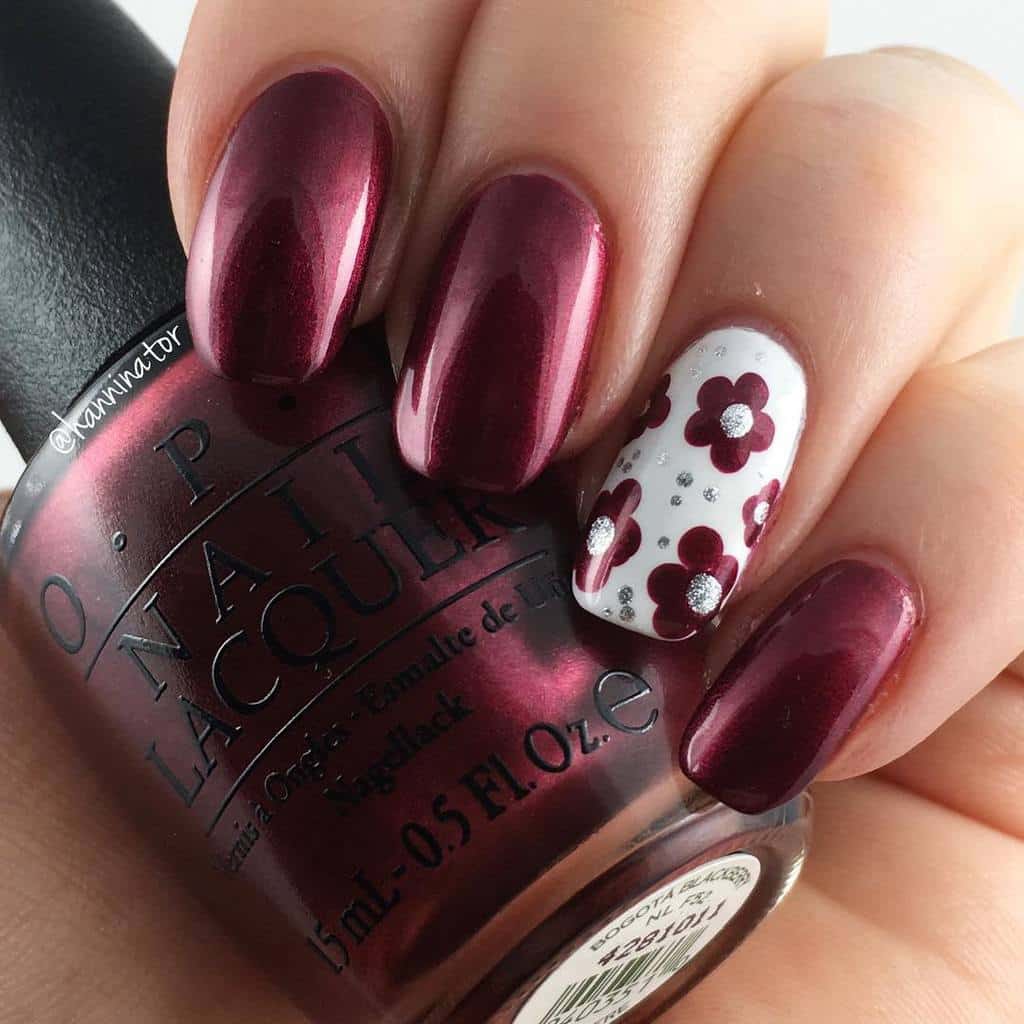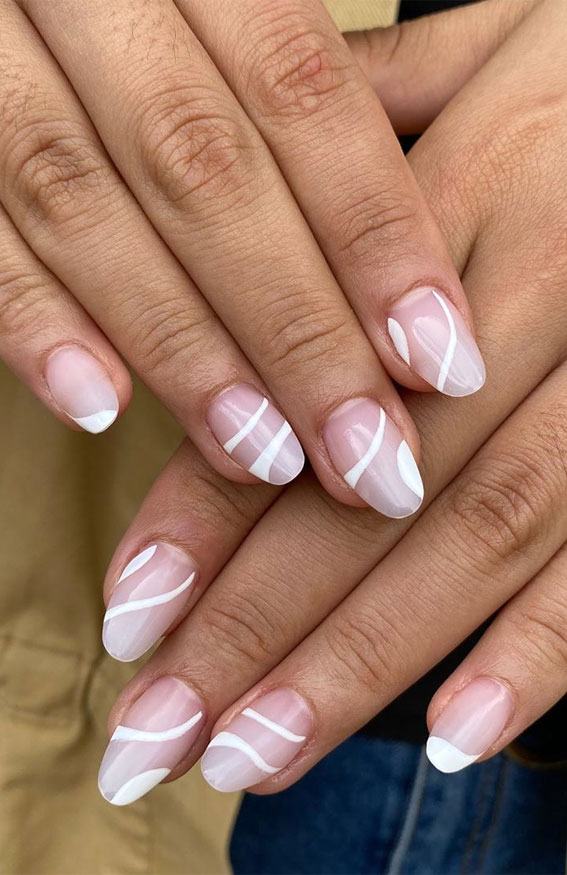Table Of Content
While many have now been made aware of the inhumanity of it, fur clothing still remains popular. Hair is usually used in the context of humans, while fur is used in the context of non-human mammals. By following proper grooming techniques, using suitable products and treatments, and implementing shedding prevention and control methods, you can ensure that your hair and fur remain healthy, beautiful, and well-maintained. Your pet will not only look their best but also feel comfortable and happy in their own skin.
The Difference Between Dog Fur and Dog Hair
For instance, the whiskers of certain mammals evolved into highly sensitive tactile organs, facilitating navigation and prey detection. In aquatic mammals, hair is adapted to serve as a buoyant and insulating layer, essential for survival in water. Hair, being a more ancient feature than fur, predates the emergence of mammals. Its origins can be traced back to reptilian ancestors, where it initially served sensory functions.
8 Best Cordless Vacuums for Pet Hair of 2024, Tested and Reviewed - Cosmopolitan
8 Best Cordless Vacuums for Pet Hair of 2024, Tested and Reviewed.
Posted: Wed, 10 Apr 2024 07:00:00 GMT [source]
Domesticated Animals versus Wild Animals
Our platform features differences and comparisons, which are well-researched, unbiased, and free to access. The use of animal fur for clothing or fashion has been sectioned to be illegal recently. Now a very basic may be held to figure out the differences between Hair and Fur.
Definition and Composition
People with longer hair will most often use scissors to cut their hair, whereas shorter hair is maintained using a trimmer. Depending on the desired length and overall health of the hair, periods without cutting or trimming the hair can vary. Hair care involves the hygiene and cosmetology of hair including hair on the scalp, facial hair (beard and moustache), pubic hair and other body hair.
Human vs Animal
1828 (French, from Middle French, from poil for 'hair', from Old French peilss, from Latin pilus[11]) – is sometimes used to refer to an animal's complete coat. The term fur is also used to refer to animal pelts that have been processed into leather with their hair still attached. The words fur or furry are also used, more casually, to refer to hair-like growths or formations, particularly when the subject being referred to exhibits a dense coat of fine, soft "hairs". If layered, rather than grown as a single coat, it may consist of short down hairs, long guard hairs, and in some cases, medium awn hairs.
Thickness, on the other hand, refers to the diameter of individual hair or fur strands. Thicker hair or fur can provide better protection against external factors like UV radiation or physical injuries. It can also contribute to the overall appearance and texture of the animal’s coat. For example, animals with thick fur, like wolves or bears, often have a more luxurious and voluminous appearance. When it comes to hair and fur, one of the most noticeable variations among different species is the difference in length and texture. Hair can range from being incredibly short, like the fine hair on our bodies, to long and flowing, like the manes of lions or the tails of horses.
Human hair growth
It can provide some protection against the elements but not to the extent of fur. For example, humans style their hair, and horses get their hair braided. Seems strange that your fingernails and hair share chemical properties, but they do. Each of these organs is covered with protective layers that guard them against injury and bacteria. The skin is a protective covering of the body and, at the same time, it acts as a sensory organ. When comparing domestic animals, particularly dogs and cats, one notes the complexity of their coats.
Expand Your World with Science
The body has different types of hair, including vellus hair and androgenic hair, each with its own type of cellular construction. The different construction gives the hair unique characteristics, serving specific purposes, mainly, warmth and protection. For example, whiskers, which are specialized hairs found on the faces of many animals, play a crucial role in sensory perception. Whiskers are highly sensitive to even the slightest movements in the air or changes in their environment. They help animals navigate in the dark, sense the presence of nearby objects, and even detect changes in the airflow, such as the movement of prey or predators. It is not always present in every hair or fur strand, and its presence varies among species.
Fur vs. Hair: Unveiling the Differences and Similarities

"Most mammals invest an enormous amount of time in maintaining their fur, to preserve quality, function and insulation, and to weed out ectoparasites," Voss said. A common ingredient found in commercial breads, labelled as either l-cysteine or dough conditioner, actually comes from human hair. The diameter of human hair ranges from 17 to 181 µm while fur is much thicker than the human hair.
In summation, the distinguishing features of fur and hair, encompassing thickness, growth patterns, and texture, underscore the diverse adaptations and functionalities that have evolved within the animal kingdom. These nuances not only elucidate the biology of fur-bearing and hairy organisms but also illuminate the remarkable diversity of life on Earth. Now that you know the difference between hair and fur, it’s time to look at fur and wool. Additionally, wool is a type of soft, fine, curly hair that just keeps growing. For example, you may have heard the stories of sheep that get away from the herd and are found with pounds of wool on them.
Laser removal is practiced in many clinics along with many at-home products. Another factor in human evolution that also occurred in the prehistoric past was a preferential selection for neoteny, particularly in females. The idea that adult humans exhibit certain neotenous (juvenile) features, not evinced in the other great apes, is about a century old. However, while men develop longer, coarser, thicker, and darker terminal hair through sexual differentiation, women do not, leaving their vellus hair visible. In some mammals, such as hedgehogs and porcupines, the hairs have been modified into hard spines or quills.
Unlike animal furs, human hair only grows on specific areas of the body. Humans usually groom and style their hair as a fashion statement. Commercially, human hair is used for making hair extensions and wigs. Understanding the distinctions between hair and fur allows us to use these terms correctly in the English language. It is often confusing why people refer to the hair on their dogs and cats as fur, but switch to the term hair when talking about their own. There must be some difference between human body hair and primate hair since there are two separate words for them.
The eyelash grows at the edges of the eyelid and protects the eye from dirt. There are various systems that people use to classify their curl patterns. Being knowledgeable of an individual's hair type is a good start to knowing how to take care of one's hair.
Human hair is composed of a protein called keratin, which forms long, cylindrical strands. On the other hand, animal fur consists of multiple layers, including a medulla, cortex, and cuticle. The density and thickness of hair and fur can vary not only between species but also within the same species.
While both can be used in fashion, their differences in texture and thickness make them suitable for different styles and purposes. Sustainability is another critical aspect influencing the trajectory of fur and hair. The environmental footprint of these industries, especially the fur trade, has drawn scrutiny.
